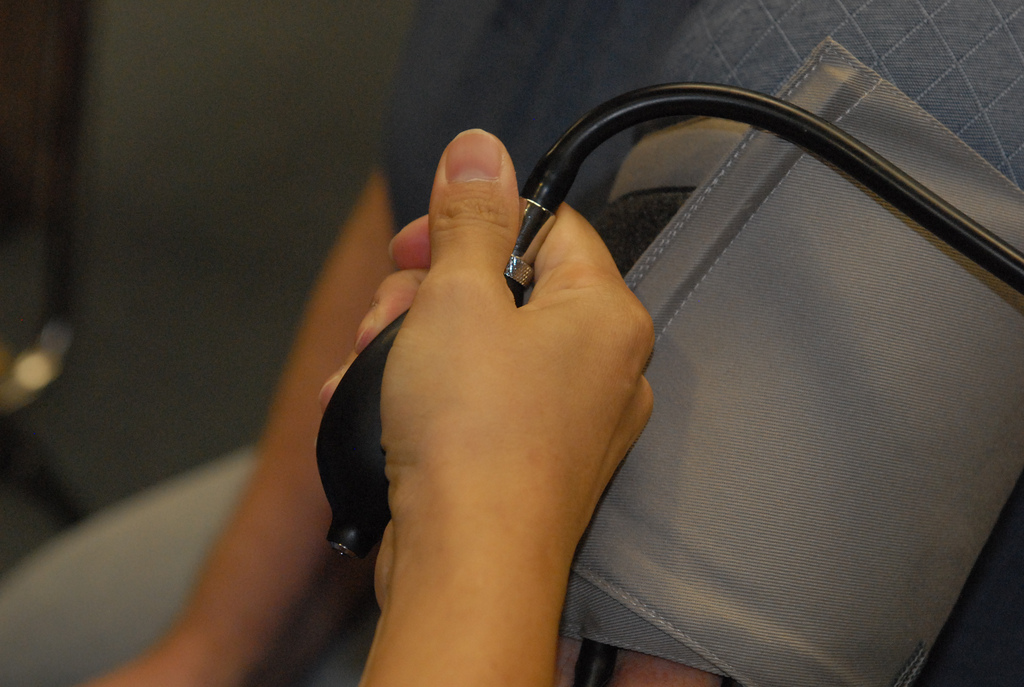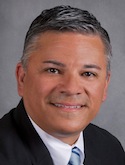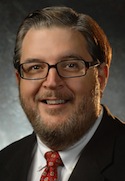
Website “glitches.” Long wait times for enrollment. Confusion over changes to existing health insurance plans. Not exactly the start Affordable Care Act (ACA) supporters hoped for, but in the end, some 8 million Americans signed up for new (or at least different) health insurance by the April 15 deadline. “This thing is working,” President Obama announced. But how did it go on the ground in Fresno? While an approximately 200,000 people did not have health insurance in Fresno before Obamacare, the latest figures from Covered California, our state’s healthcare exchange, showed a little over 17,000 people signed up in Fresno, Kings, and Madera counties combined, as of March 17. In advance of the Zócalo/The California Wellness Foundation event “Will Obamacare Fail Fresno?”, we asked local experts: What could have made Obamacare’s rollout more effective in Fresno?

Any successful institution must intentionally evaluate itself to learn from its mistakes and develop best practices.
First, the Fresno County Board of Supervisors chose not to use federal funding to develop a low-income health program. This program would have identified people for full-scope, expanded Medi-Cal (California’s version of Medicaid) over the course of several years and made the transition from uninsured to insured relatively simple. As a result, extensive, time-consuming, costly outreach was needed to reach and enroll thousands of people in the county.
Second, in August and September, prior to the kick-off of Obamacare, Covered California, our state’s healthcare insurance exchange, did not have the capacity to train and certify sufficient numbers of enrollment counselors.
Serious and repeated problems with the exchange website was a third factor that hindered the effectiveness of Obamacare implementation. People got lost or dropped during the enrollment process online. For many people, the amount of time it took to enroll was greatly increased. In frustration, they simply quit the process. And, many people who would have applied online by themselves eventually sought help from certified enrollment counselors, which created a larger number of people who required in-person assistance.
Finally, the rollout of Obamacare could have been more effective if our county board of supervisors would have, from day one, embraced the need to continue a robust health safety net for those who would remain uninsured after the close of Obamacare’s open enrollment. The board’s attempts to use the courts to eliminate the Medically Indigent Services Program (MISP), which provides a way for the undocumented and those that don’t qualify for Medi-Cal to get healthcare, and to argue publically that they do not have the necessary funds for MISP, has created confusion. It has caused local stakeholders to redirect resources from enrollment to fighting to preserve a robust health safety net for all county residents.
Lucy Allen is a healthcare organizer with Faith in Community in Fresno and Merced Organizing Project. Her role is to organize Medi-Cal/Affordable Care Act education and enrollment events at various churches.

As a registered nurse, I remember the challenges of patient education when I was practicing at the bedside: Will my insurance cover all of my options? What are my out-of-pocket costs? As the Affordable Care Act rolls out in Fresno and the Central Valley, we should keep in mind these kinds of difficulties in navigating the complex world of healthcare. Education was and is key to the rollout, particularly in our state, which added the layer of Medi-Cal enrollment for newly qualified Californians, such as the working poor, or immigrant families.
I certainly cannot criticize the campaign that was conducted by Covered California, but I do question whether it was enough. As a guest lecturer for the nursing program at California State University, Fresno, I encountered students who had multiple questions and a significant amount of misinformation about how they would or would not be affected by the ACA. I was asked most about eligibility for the new plans, but I also fielded questions about the personal mandate and the co-pays that came with each option. It raised the question for me of how effective the education was for those in Fresno who aren’t as invested in the healthcare system as future nurses.
The tests for the rollout’s effectiveness in Fresno would involve answering these questions: First, was there any measure of effectiveness for those whom English is a second language, since so many Fresno residents primarily speak Spanish or another language? How effective were the methods used for communication for those over 70 years of age, who may not know the difference between Medi-Cal (our state’s low-income health insurance) and MediCare (the federal program for the elderly)? What was done to support those households that do not have a computer or Internet access? Repetition, variation of information delivery, and customizing the education materials to the demographic of the recipient are all valid education strategies. More targeted education and information-sharing here would have made the rollout of the Affordable Care Act more effective.
Edward C. Palacios is vice president of operations at Vibra Healthcare, a healthcare administrator, and registered nurse.

The Fresno-Madera area is home to more than 39,000 indigenous Mexican farmworkers who often work in the lowest-paid agricultural jobs. Most of them are undocumented and part of the 81,000 undocumented residents in the Fresno region. These people lubricate our agricultural economy. But the undocumented population, especially indigenous Mexicans, continue to be uninsured, ignored, and at the bottom of the barrel, despite the Affordable Care Act.
Don’t get me wrong: Obamacare does help the low-income community. Expanded Medi-Cal coverage is now available to families who didn’t qualify before, and having quality insurance plans is a reality for families surpassing the Medi-Cal income limits.
But let’s consider the case of one Fresno resident, a Mixtec woman from southern Mexico. For over six years, she and her husband have worked the grapevines for minimum wage under blazing heat, 40 hours a week. This is not enough to pay the month’s rent and utilities, and even though she hoped Obamacare would help her, she is still essentially weaved onto the peripheries of Fresno’s social fabric. She would like to have insurance like her comadre (close female friend), who qualified because she had a green card, but the grape worker found out she didn’t qualify. The lines at the clinics that will help her are too long, so she is going to wait until something serious comes up to see a doctor.
I think it is preposterous that the most powerful nation on the face of this planet (and one that thrives off her industry) cannot provide this woman quality health coverage other than emergency Medi-Cal or a community health center that is overburdened. Fresno has a Medically Indigent Services Program for people like her, but its future is uncertain as the county chisels away at it. Like the heart that pumps life into each of us, California’s own heart, Fresno, needs to nourish those that nourish it through hard labor.
Angel Garcia is a community worker at Centro Binacional Para El Desarollo Indigena Oaxaqueño.

The real challenge for Obamacare will, in my opinion, become apparent from this point forward—namely that it’s not a question of who is covered by insurance but rather of which provider(s) will accept that coverage?
In California, the relaxation of Medi-Cal entrance rules mandated by the Affordable Care Act will mean an influx of millions of new citizens into the Medi-Cal system with no corresponding increase in the number of providers accepting Medi-Cal, and no plan to train the many new healthcare workers needed to serve these new clients.
For poor children in Fresno County, this is unbelievably problematic since before the expansion of the Medi-Cal rollout there was already a dearth of pediatric specialists accepting Medi-Cal. Adding new poor children to the pool of insured will not address this over-arching issue of who will treat them.
For adult clients, while income rules to be admitted to Medi-Cal have been loosened, income tests will still be applied to determine deductibles, which go up in tandem with one’s income. Imagine a scenario where an uninsured adult gets insurance via the Affordable Care Act only to find no doctor willing to take it or, even worse, to find he or she lacks the ability to pay the deductible.
If the process of the Affordable Care Act rollout would include these larger supply-and-demand questions, we could begin to train the healthcare workers that would be needed in healthcare facilities other than emergency rooms. We are already “behind the eight ball” in this regard. Planning and training of new healthcare workers should have started with the passage of the ACA legislation itself some four years ago.
Simply put, federal and state resources are needed to train the new healthcare professionals who will serve these millions of new clients. Such extraordinary funding must assure that it is paying for additions to the overall number of healthcare workers being trained, and not—as has been the case in the past—merely changing the funding source for an existing training slot. Our use of public monies must increase the number of healthcare workers if this problem is to really be addressed.
Blake G. Konczal is executive director of the Fresno Regional Workforce Investment Board, a nonprofit organization that provides business and training services to Fresno County businesses and residents.



